Drivers love CarPlay. Apple's WWDC 22 keynote revealed that 79% of drivers only consider a car if it has CarPlay. And it's easy to see why. Even compared to the best native infotainment systems, CarPlay does several things way better.
Best Services
I use only three apps when driving: Google Maps for navigation, Spotify for music, and Castro for podcasts. The number of cars on sale today with these three apps available is zero.
This is a little unfair because Castro is a small, iOS-only app. There are a couple of carmakers that use Android Automotive with Google's services, which means they natively support Google Maps and Spotify. But it does mean that if I want to listen to podcasts in these cars, I have to change my podcast app to one available in the Play Store.
Seamless Experience
Continuing with the above example, let's imagine I just downloaded a new podcast app on my phone (one that is also available in the automotive Play Store). The next day I have to go on a long drive and I want to listen to a podcast episode I downloaded on my phone. When I enter my car, I have to go to the Play Store, find the app, download it, log in, and then download the episode. When I use CarPlay, I only have to connect my phone. No matter how many services are available inside the car, there is no match for seamlessly transferring the phone's state to the car.
Familiar Design
Cars have too many features and most are designed differently. Even functions like climate controls can vary greatly between car brands. It's reassuring to know that no matter which car I drive, the most complicated part of the interior works exactly like my iPhone, and is set in the right language, with my preferences, and my favorite apps.
Longevity
Entering an 8-year-old car and having access to the latest CarPlay version is amazing. By untying the fastest aging part from the rest of the interior, it can remain relevant longer. Especially given that the car industry is switching to running third-party Android apps with no history of long-term support.

The Next Version of CarPlay
The first version of CarPlay has been available since 2016 and has been a major success. For car industry standards, it was adopted quickly and by almost every carmaker. But since then, the car industry has been changing while the design and functionality of CarPlay have mostly stayed the same.
With lower hardware cost and an increased focus on software, carmakers have invested more in their interiors to set themselves apart. Google jumped on this opportunity by releasing Android Automotive. Unlike Android Auto, Google's equivalent to Apple CarPlay, Android Automotive runs natively inside the car and any carmaker is free to use it. Google monetizes it by licensing its 'Google Automotive Services' to carmakers. This gives carmakers access to Google's services like Google Maps, Waze, the Play Store, and Google Assistant.
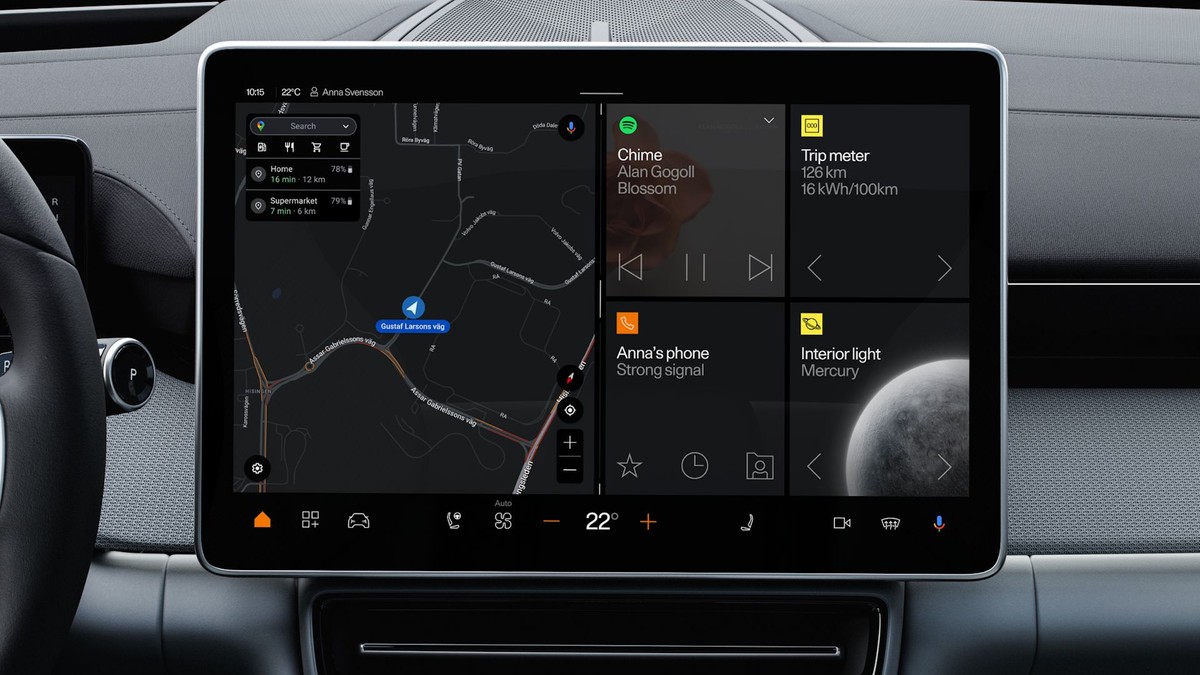
Competition aside, from Apple's perspective, CarPlay is also not ideal in its current form. For a company that values control over the user experience, it's an eyesore to see their product embedded inside another product.
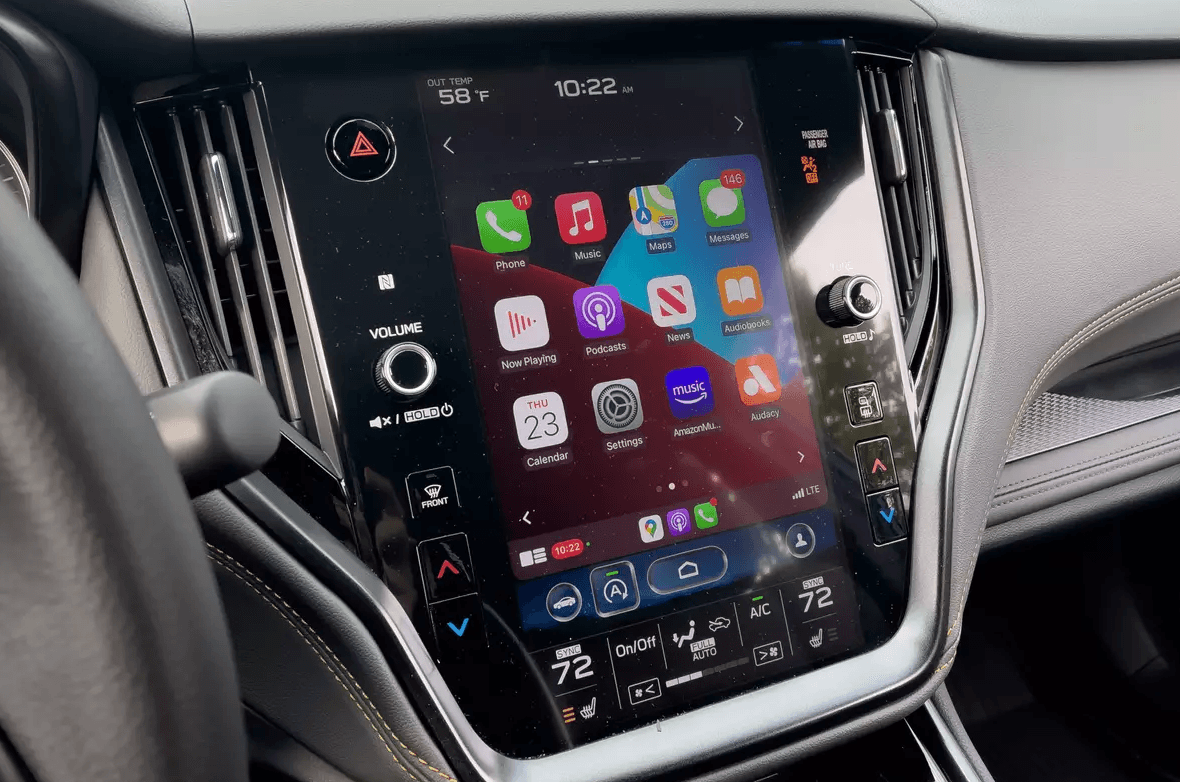
Apple's answer is a new version of CarPlay. It doesn't have an official name, so I'll refer to it as CarPlay 2.
Today, CarPlay is a standard that carmakers can use to pass a video signal from the phone to the head unit and return input events. There's only a limited connection with the vehicle. This is changing with CarPlay 2 which has a deeper integration with the vehicle.
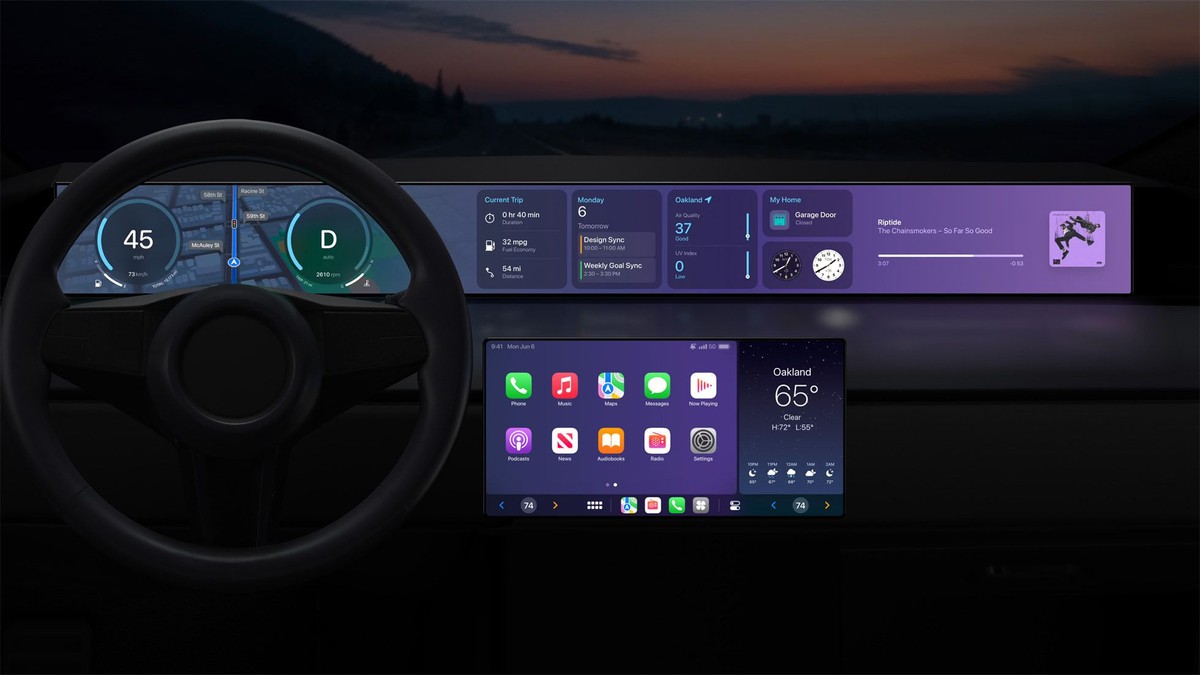
Thanks to a deep integration with the software stack of the vehicle, CarPlay 2 can control most infotainment functions. It can therefore take over the entire infotainment display, the instrument cluster, and any passenger displays. For customers, it will appear like CarPlay works exactly in the same way but underneath, a lot of custom work is necessary by the carmaker and Apple to integrate. For example, even though most of the computing power still comes from the iPhone, there will be some software engineering necessary on the carmakers' hardware to ensure that safety-critical information like speed doesn't disappear when the iPhone crashes.
Apple is fully dependent on the carmaker's willingness to work with them to implement this. This is why the WWDC keynote was clearly a pitch aimed at carmakers, not consumers. But so far, on the surface, it seems like carmakers have not been eager to implement the new version.
Mercedes was supposedly on board according to Apple's WWDC slide, but its CEO seemed less enthusiastic in reality. Apple also announced it would show the first brands in 2023 and barely made that deadline by announcing Porsche and Aston Martin only two weeks before the end of the year.
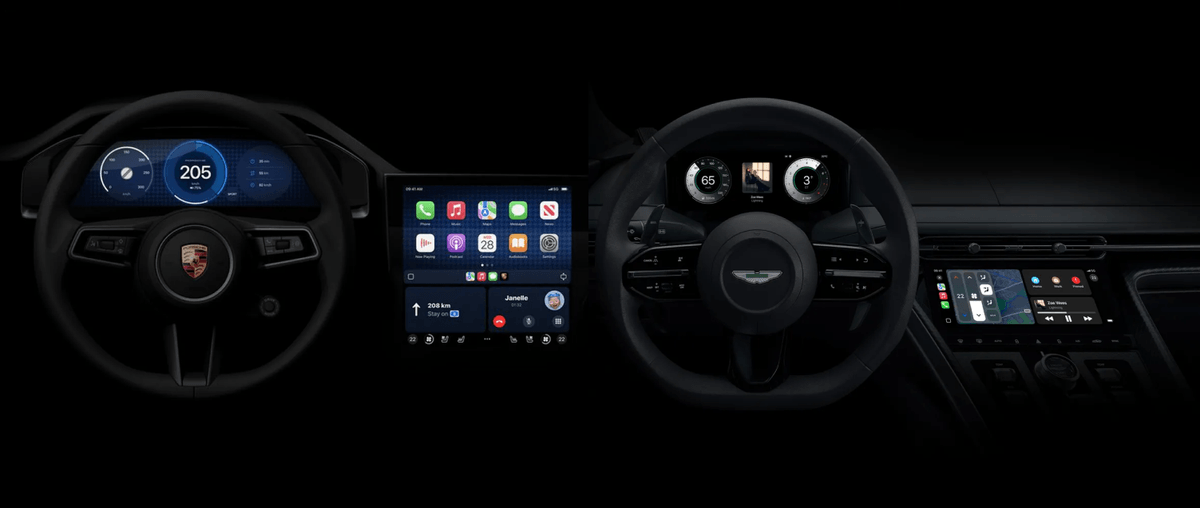
Why Are Some Carmakers Hesitant to Integrate CarPlay 2
There are two camps among carmakers. There are brands like Porsche and Volvo who recognize they can't compete with Apple and Google in infotainment and want to work with them, while other carmakers see them as a threat.
The first group of carmakers has likely already been working with Apple to integrate CarPlay 2. One reason why it has been mostly silent around it is that it can take years to release something that touches complicated software and hardware, requires a collaboration between Apple and the carmaker, and all in the long development times of the car industry. That is why I'm sure we will see more brands announced soon.
However, some carmakers aren't jumping to work with Apple. The reason for this mostly comes down to who owns the in-car experience, and here is why.
Brand Differentiation
There used to be a big difference in driving characteristics and technology between premium and budget brands. Compared to a Volkswagen, a BMW used to have a more powerful engine, better handling, and comfort features like seat-heating and cruise control. However, a Volkswagen Golf now has similar tech as a BMW and with the transition to EVs, drivetrains and handling won't be the same differentiator as before.
Now, the focus has moved to the interior. Infotainment systems have become a central part of that, so carmakers are coming up with unusual concepts to set them apart, both in hardware and software. CarPlay 2 is going exactly in the opposite direction, more towards standardizing the in-car software.
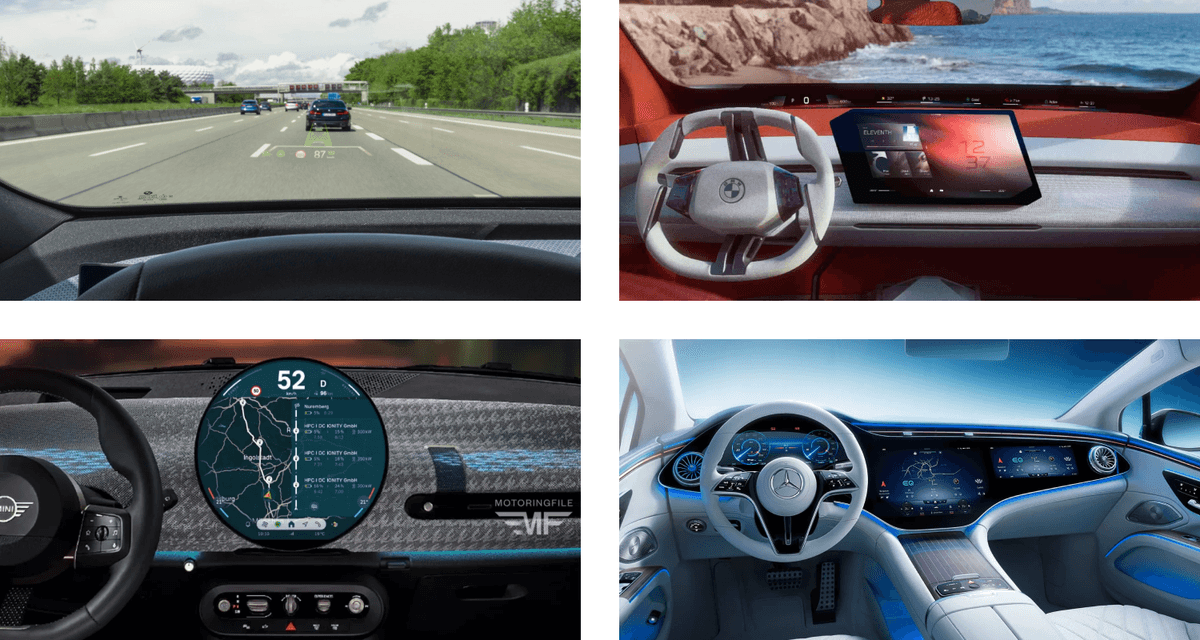
A lot of the concerns around branding focus on the instrument cluster as it's one of the most recognizable parts of an interior. If you look at the CarPlay concept for Porsche and remove the steering wheel, there is no way you can tell it's a Porsche. I'm sure many brands took notice of this.
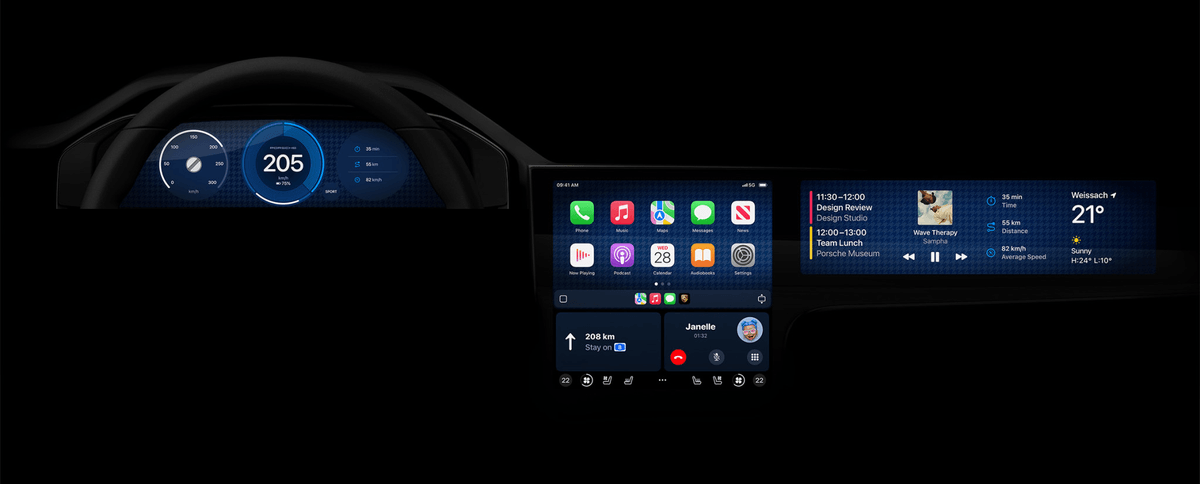
Lack of Design Control
With many traditional differentiators being democratized, design is a good way to stand out. An EV drivetrain may not be that different between cars, but it comes with the added burden of charging and route planning. Premium brands can offer a better experience than budget brands.
For example, Tesla's route planning is a major unique selling point. No other EV brand offers the ease of entering a car, planning a route, and setting off without worrying about the charging experience. Tesla could only have done this by creating their own routing algorithm. It would have been impossible if it had relied on Google and Apple.
In some way, brands using a native Android infotainment system with Google's services have a similar challenge. But these brands also happen to be the ones that are eager to work with Apple.
Monetization
Carmakers are envious of big tech's app store and services revenue. With their own software platforms, they are desperately trying to find recurring revenue streams, whether it's a subscription for seat heating or driver assistance systems. But it won't be possible to sell a subscription for a feature when all is controlled by Apple CarPlay.
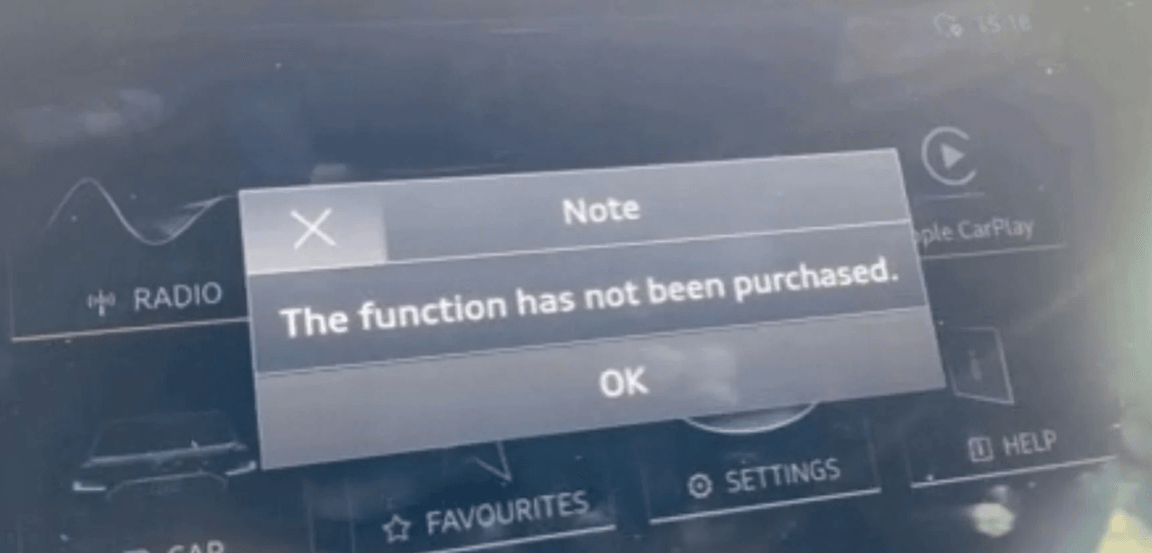
Integration Cost vs. Value
Most carmakers offer the current CarPlay version. It doesn't require much effort as they only have to implement the CarPlay standard and have the hardware certified. CarPlay 2 requires a lot more work but does it offer significantly more value? As mentioned above, the core benefit of CarPlay is access to your favorite apps in a familiar design. CarPlay 2 offers more features and a nicer experience but will customers choose a car because it has CarPlay 2 over a one with CarPlay 1? Many carmakers think not and are happy to wait and see where the market is going.
CarPlay 2 is also not a full substitute for an infotainment system and not all new car customers are iPhone users. Carmakers spend millions making their infotainment systems, so why would they spend even more to work with Apple on something that is an add-on, and not for all customers?
Apple's Risky Strategy
Unlike Android, which carmakers can customize extensively, Apple avoids turning CarPlay into a full native infotainment system. The reasons are clear: carmakers vary widely in display layout, features, and safety-critical software. Apple would have to give up control over the software and design to carmakers, or invest massively in adapting to each brand itself.
Consequently, Apple tries to take over as much of the in-car experience with a software and hardware platform that they totally control. This means that any customization requires investment from Apple's side. From a business perspective, Apple must find the sweet spot between offering enough customization to satisfy carmakers while keeping investment at a minimum. Especially considering that, even though it indirectly boosts app store, services, and iPhone revenue, CarPlay is free for carmakers.
Apple’s long-term goal is likely to find ways to directly monetize CarPlay. It could license CarPlay to carmakers at some point. But with the entire global car market amounting to only around 70 million cars per year and the car industry’s slim profit margins (ranging from 5% to 15%), it must reach a high market share to get significant revenue from it. However, carmakers may be hesitant to invest in what they see as a competing product.
What Can Apple Do to Convince Hesitant Carmakers?
Apple can do two things to accelerate the adoption of CarPlay 2: tailor more to the wishes of carmakers and turn CarPlay 2 into a major purchasing reason for consumers, forcing carmakers to adopt it. Apple has many opportunities to explore to achieve that.
More UI Customization
It's very difficult for Apple to find a balance between creating a UI that is clearly 'Apple', that is at the same time custom enough to the carmaker, allows drivers to personalize it, and requires minimum design and development cost.
From carmakers' perspective, current concepts are leaning too much towards Apple in that balance. But there are ways to improve this. One great example is the collaboration between Nike and Apple for the Apple Watch. The Apple Watch Nike offers different watch faces with custom fonts that bring branding from Nike into a design that is still unquestionably Apple.
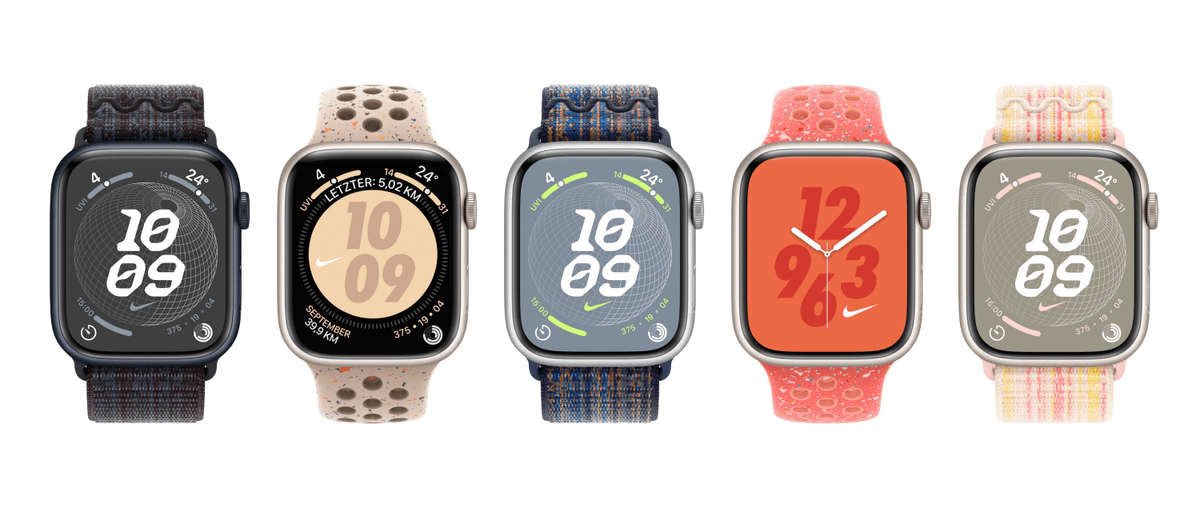
Allowing similar changes to CarPlay with more elaborate dials and carmakers' own fonts would already be better:
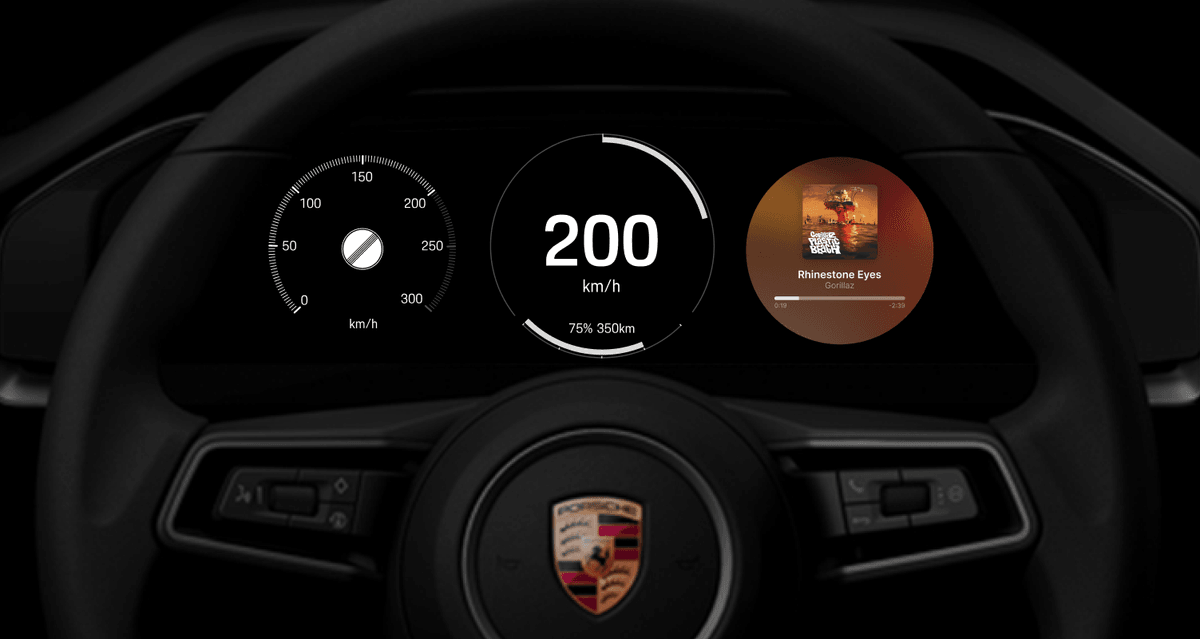
Third-Party Integrations
Apple won't let carmakers alter the operating system, but they can provide a way for carmakers to add custom features through third-party integrations. For example, Porsche could create a track-driving app that can display a widget in the instrument cluster, or Land Rover could create a widget for displaying specific off-road-related information. It will allow carmakers to offer unique features while staying inside the CarPlay environment.
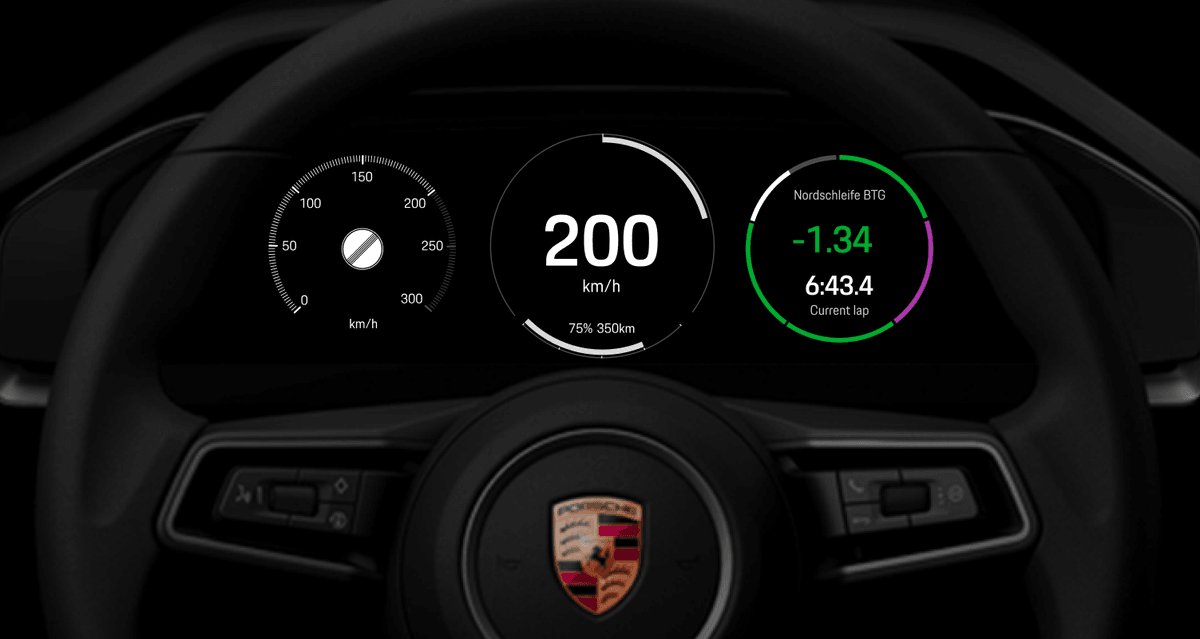
Passenger Entertainment
Passenger entertainment will be a big focus in the coming years. With cheaper display prices and changing customer expectations, we will see more cars with screens for passengers. So far, they have been quite useless and carmakers are struggling to improve the experience. Apple owns this domain with Apple TV and Airplay. A mix between CarPlay and Apple TV would create the perfect passenger experience. As carmakers will continue to struggle to provide all the popular services inside the car, it's a real selling point for CarPlay.
Revenue-sharing
Missing out on potential service revenue is one reason why carmakers are hesitant to adopt CarPlay 2. Apple could implement several ways for revenue sharing. For carmakers, offering their services inside the Apple ecosystem has benefits because it is a trusted platform and everybody has accounts and payments set up already which means they reach a wider audience. Apple could create a way for carmakers to offer upgrades and subscriptions through CarPlay, the App Store, or other channels, and share revenue with them.
Create the Best Navigation Experience
Carmakers hesitate with CarPlay because they think they can compete with tech giants by building their own navigation services, payments platform, and app store. However, so far, only a few of the existing services are actually good enough.
Most drivers prefer Google Maps but even that leaves a lot of room for improvement. There isn't really a navigation app that sticks head and shoulders above the rest. Apple has an opportunity with Maps to turn it into the ultimate navigation and route-planning app. I'd love to be able to plan a route, reserve a charger, and pay for parking inside one app. If Apple Maps and other Apple services are the preferred ones by drivers, they may be more likely to choose a brand with a deep CarPlay integration, pushing carmakers to adopt it.
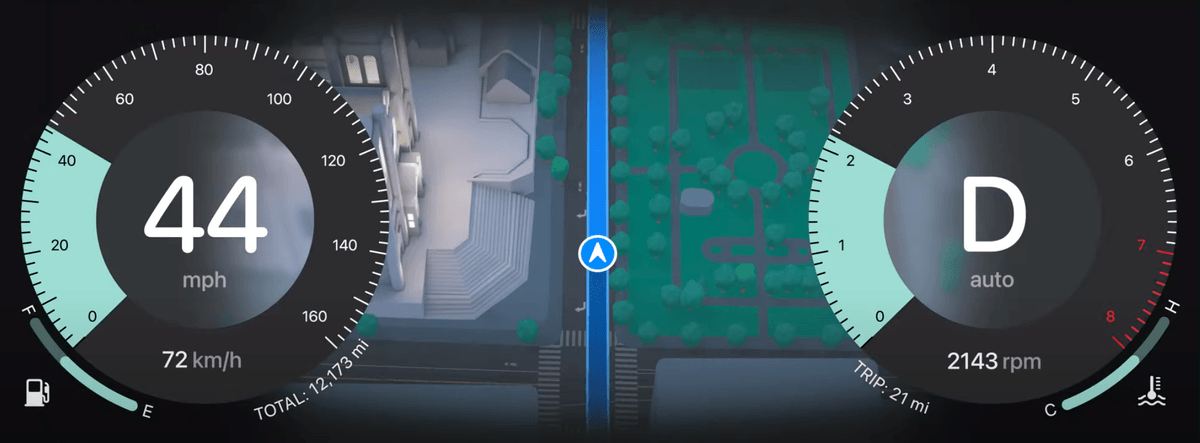
Expand Non-CarPlay-Related Car Interactions
Carmakers see their cars as the center of the universe, but in reality, a car is more part of an ecosystem. Apple is the best at creating a holistic experience across all my devices and cars can be a part of that. I want to control the cabin temperature from the Apple Home app, see my battery status in the Apple Maps app, use my iPhone to unlock my car, and remotely customize the instrument cluster. These are the kind of features that carmakers will forever struggle with and show the real benefit of CarPlay.
Apple is going in a different direction than Google in the automotive industry. While maintaining full control over software and hardware is a smart move, it demands significant investment to integrate and adapt to each carmaker. For Apple to remain dominant in the car industry and explore future monetization opportunities, it must convince most car manufacturers to come on board.
It's not possible to say how many brands are currently working with Apple to implement it. Due to long development times and some public comments by carmaker executives, it may appear like Apple is struggling to get carmakers to adopt it but I wouldn't be surprised if most brands that Apple presented during WWDC 2022 are currently implementing it. However, it's also true that CarPlay competes directly with carmakers' own systems which makes some hesitant to integrate CarPlay in its current form. To convince those carmakers, Apple has many opportunities to adapt CarPlay should it need to.
Once the first cars with CarPlay 2 are in the showrooms, it will be interesting to see whether it will influence purchasing decisions. I'm a big fan of the CarPlay approach of extending the phone to the car and standardizing the design to some extent across the industry. I will be rooting for CarPlay 2 and I can't wait to try it when the first cars hit the road!
Get notified of new posts
Don't worry, I won't spam you with anything else

